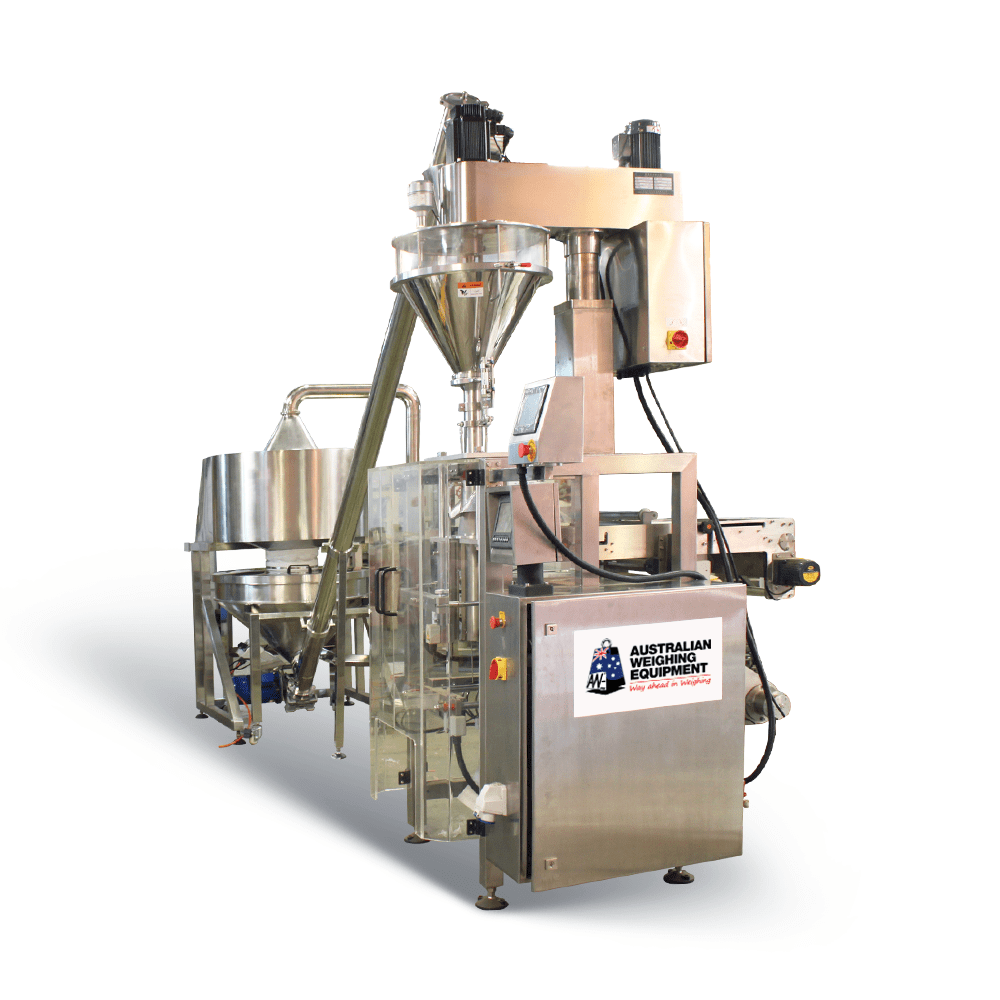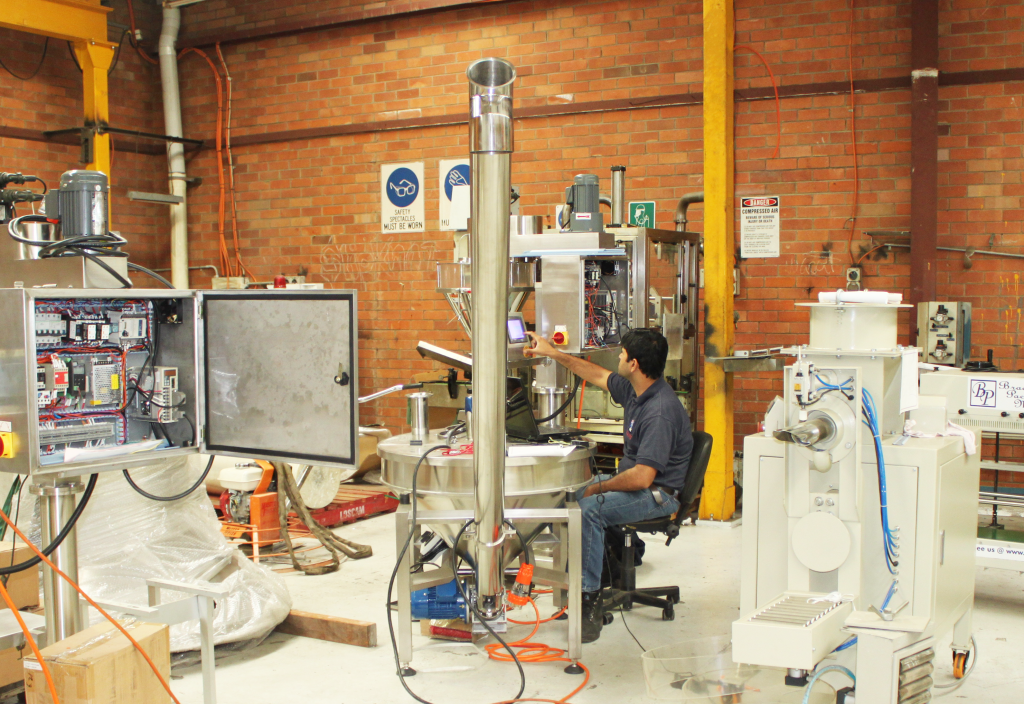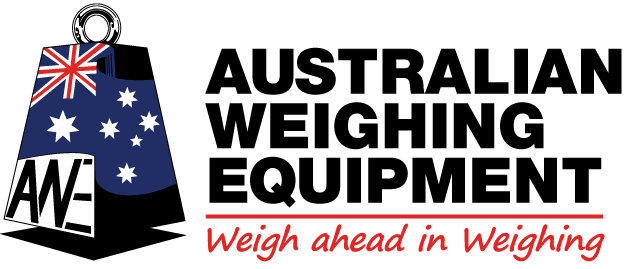When it comes to making sure that your packaging line equipment is running at peak performance, the key is being proactive- not reactive. A well-functioning, well-maintained equipment is an investment as it will serve your business for many years. In order to maximize this investment to the fullest, the best thing to do is to create the perfect right maintenance plan. Creating a maintenance plan for your packaging line equipment would prevent downtime, will reduce costs and will extend the life of your packaging line equipment. A maintenance plan also helps you in keeping an inventory of spare parts, and will help create a schedule for upgrades and maximize your company’s profits. With the correct maintenance practices, even the smallest companies with minimal maintenance staff will definitely reap these benefits and will maximize packaging line operation. If you want your company to minimize costs and maximize profits, here are the steps you need to take:

Invest In Preventative Maintenance
If there’s one thing to remember, it’s that preventive maintenance is the number one strategy for a well-functioning and long-lasting packaging machine. After installation of your packaging line equipment, creating and developing a maintenance schedule is the next step to take. Scheduled maintenance is important because it prevents issues from happening before they even occur. It is all about planning downtime and listing necessary materials instead of being caught off guard when a breakdown occurs. Some parts of a machine inspection task include checking, monitoring and changing wear parts regularly and making sure that wear parts are kept in stock. You know what they say about Murphy’s Law- breakdowns usually happen during the worst possible time. Thanks to a scheduled maintenance visit, qualified and trained care personnel with mechanical or electrical abilities can check wear components, replace wear parts, lubricate your machine and prevent future mishaps from happening when you least expect it to.
Introduce Autonomous Maintenance Tasks
In line with a Preventive Maintenance Plan, your workers should be given a checklist of task-based activities that are done at regular intervals by equipped machine operators. These small yet incredibly helpful maintenance tasks assigned to your workers or operators must be performed on a daily, weekly, monthly or quarterly intervals. Some of the most common activities are basic cleaning and inspection. Through these maintenance tasks that they repeatedly do, your operators will become more familiar with the equipment. This way they can easily detect when something is not right with your packaging line equipment even before a technician visits. It is true when they say that your operators are your first line of defense. Your operators are usually the first to hear an unfamiliar noise, recognize unusual speed, experience undesirable motion and many other unexpected signals when something is wrong.
Keep Machinery Clean
One of the easiest things you can do to keep your packaging line equipment running smoothly is to keep it clean and neat; remember that the cleaner the machine, the better it operates. Basic cleaning should include all mechanical parts of the packaging line equipment and should be done every shift. Before cleaning, keep in mind to turn off your packaging line equipment and disconnect the power. Since there are a lot of filters and seals inside packaging line equipment, you should keep those working parts contamination-free and clean. The filters inside should also be inspected and changed regularly. If you have a huge building or a shed, this is where you should store huge machinery to avoid exposure to wind and a changing weather which can contribute to rusting and rotting.
Lubricate Frequently
Schedule of lubrication maintenance contributes in extending the life of huge machinery equipment and parts. As lubrication is known to be one of the most important of maintenance checks for packaging line equipment, it is essential to lubricate regularly. Keep an eye out for excess oil or grease build-up, and leaks around oil seals. It is also vital to use the correct lubricant for your packaging line equipment. Since there are various kinds of oil and grease depending on your equipment’s components, ask for recommendations from your supplier or manufacturer.
Replace Critical Spare Parts
When a breakdown happens to your machine, the last thing you want to do is wait for parts to be fabricated or shipped- it means money down the drain for your company. It is important that a strategy is in place to substitute wear parts. Some companies have products in stock to replace if they fail, but even those stock parts should be checked regularly. Remember that waiting even a single day for a spare part to be shipped to you can be expensive.
Choose A Reliable Manufacturer
Getting packaging line equipment from reliable, trust-worthy manufacturers can most definitely ensure that you receive the support and service you need to keep your equipment running and working smoothly. It is also helpful to pick a manufacturer who can provide installation and training to your workers in order to ensure that the production line is equipped and informed with the new equipment.

Maximize your factory layout and packaging line equipment from the leading supplier of robust packaging and bulk handling equipment, Australian Weighing Equipment or The AWE Group. The AWE Group is the Top Weighing Equipment Technicians in Australia, and we consider the cost of equipment and machinery as an investment for your business’ future. Give us a call:
Sydney and NSW Office (1 300 044 044)
Queensland Office (07 3423 1388)
Victoria Office (+61) 3 9330 1011



